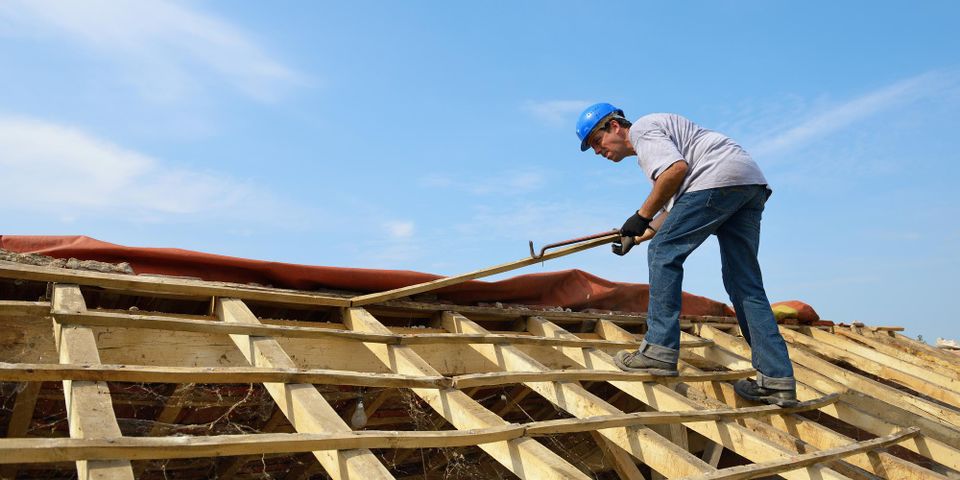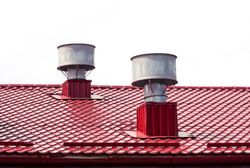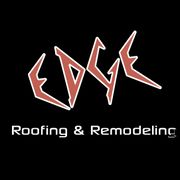3 Common Misconceptions About Roof Ventilation

Ventilation systems play an essential role in home comfort and energy efficiency. However, because many homeowners don’t understand how these systems impact home climate and air quality, they could end up paying more in heating and cooling bills. If you’re planning a roof installation or replacement, learn the truth about a few common misconceptions about attic vents.
Debunking Myths About Roof Ventilation
1. They’re Only Needed in Warm Climates
Ventilation is designed to flush rising hot air from the attic while taking in cool air—a process called passive ventilation. Many homeowners forego ventilation because, based on this principle, they believe ventilation is only for warm climates.
Ventilation is necessary regardless of climate. Aside from dispersing heat, ventilation systems remove moisture that can contribute to mold and mildew growth. When these spores settle in a dark, warm, moist attic, they can grow and spread throughout your home. Mold can cause flu-like symptoms and allergic reactions, which is why ventilation systems are a must.
2. Any Vent Will Do
 A passive ventilation system requires two components: intake vents and exhaust vents. Without both, the system won’t work correctly. Hot air exhaust vents are installed at the peak of the roof so they can capture and expel all of the rising hot air. Intake vents are installed under the eaves to draw the cool air in.
A passive ventilation system requires two components: intake vents and exhaust vents. Without both, the system won’t work correctly. Hot air exhaust vents are installed at the peak of the roof so they can capture and expel all of the rising hot air. Intake vents are installed under the eaves to draw the cool air in.
Some roof installations require specialized exhaust vents. For example, ridge vents fit easily into a ridged roofline. Static vents are designed to protect against heavy precipitation, and powered vents will work to draw cool air in when there’s no wind. If you have a finished attic, install less-invasive rafter vents that will cool the room without becoming an eyesore.
3. The More Vents, the Better
Too many vents will allow too much air to pass through your attic. This can lead to damage during storms. The industry standard is the 1:300 rule. The average home roof should have 1 sq. ft. of ventilation for every 300 sq. ft. of ceiling. A roof installation contractor will incorporate this rule into the roof design before beginning the project.
If you’re concerned about your roof installation or ventilation, contact the professionals at Edge Roofing & Remodeling of Austin, TX. These expert contractors offer a variety of renovation services. They can to transform your kitchen, refresh your home with exterior painting, or handle general home and roof repair needs. Call (512) 825-6987 to speak with a representative or visit their website to learn more about their services.
About the Business
Have a question? Ask the experts!
Send your question

